Alleys of Moscow. Along Bobrov to Sretenka
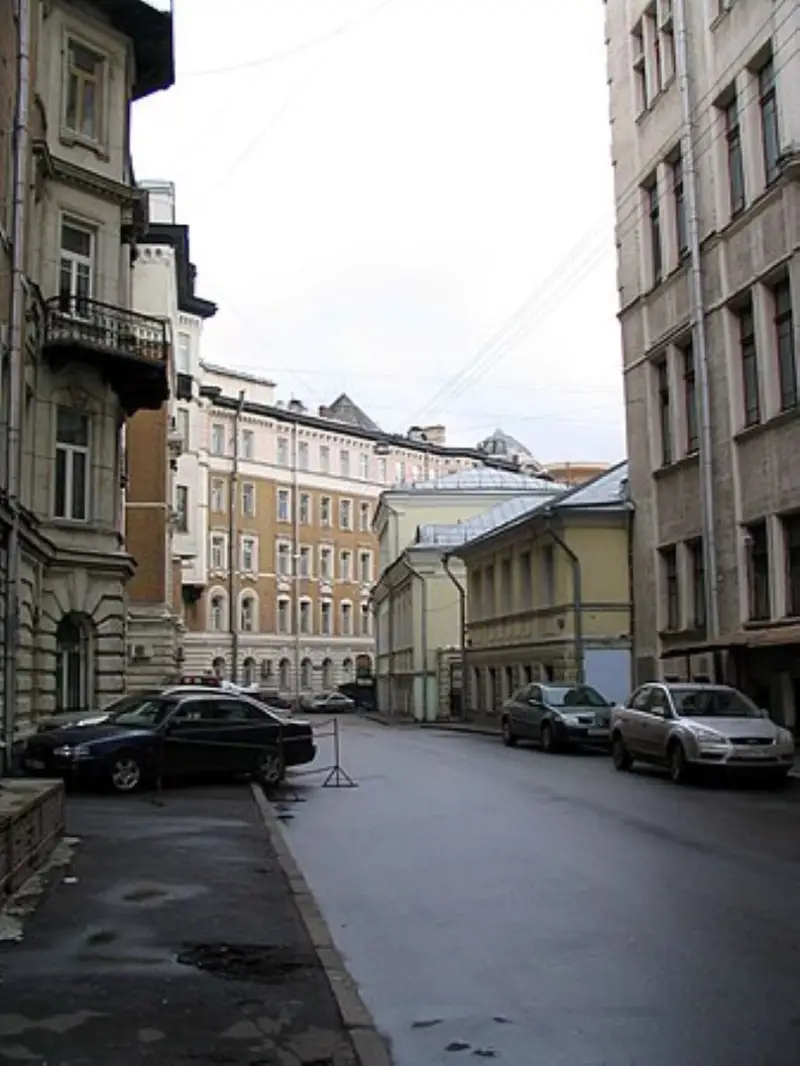
One walk through the capital's streets and alleys, one of those that tour guides do not favor, From "Pushka" to Novy Arbat, the author, together with the readers, has already realized. Next in line is the second one - along the modest and, for many, sometimes unnoticeable Bobrov Lane.
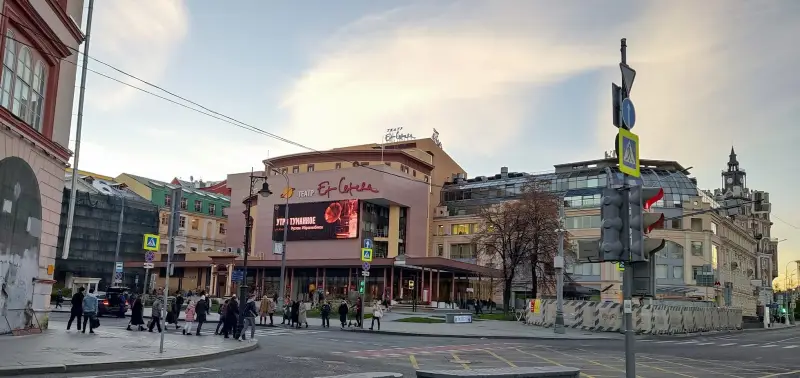
And again, it’s better to walk contrary to the numbering of the houses, simply because it’s more convenient. From the metro on Turgenevskaya Square, where three lines converge at once - red, orange and a completely new light green one, you can slowly walk to Milyutinsky Lane, the former Markhlevsky Street - Soviet Markhlevka, and almost to Sretenka and the Sretensky Monastery.
Turgenevskaya Square has recently acquired a modern, very attractive look; it is spacious and cozy, with its own theater – Et Cetera, for which we cannot but say special thanks to artistic director Alexander Kalyagin. At his suggestion or the architects of the theater building themselves - there are four of them at once, perhaps they even overdid it in the details, judging by the photo.
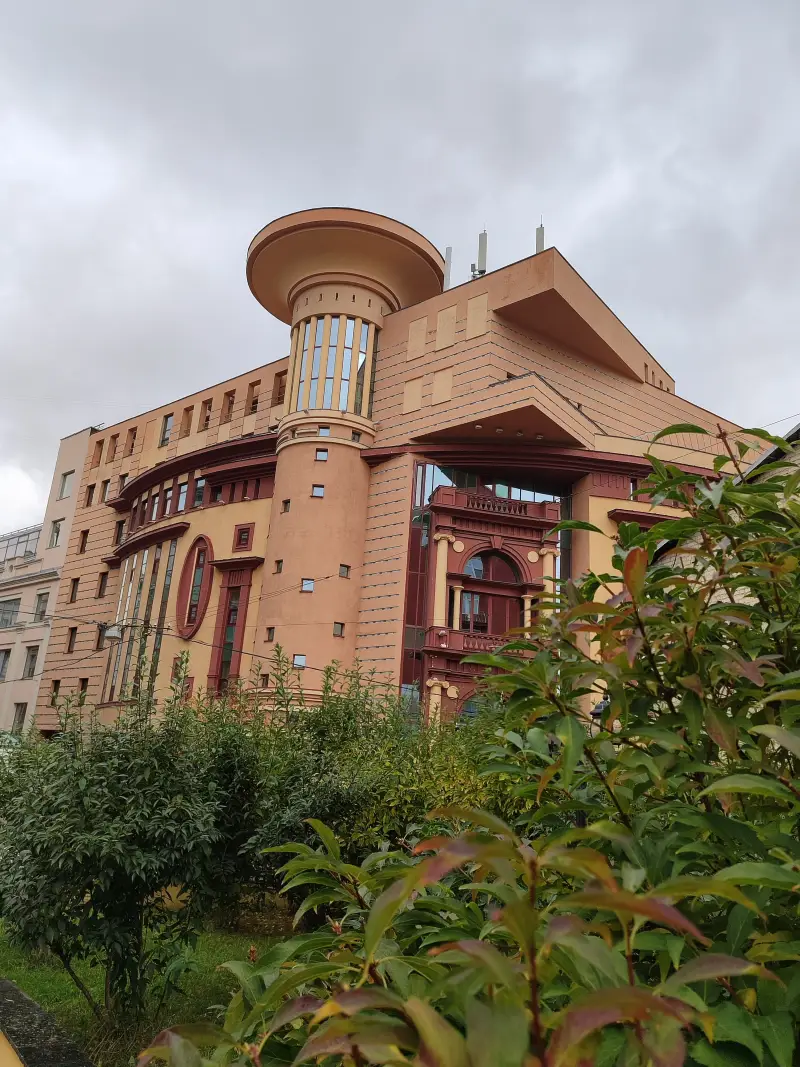
But Moscow is a city that, over time, accepts and digests almost everything, regardless of authors and styles. The inside of the theater is both beautiful and functional, although you need to get to the small stage via a staircase that is commonly called the “back door.”
The Kalyagin Theater, and this name has already been assigned to it, looks best not from the square, but from the courtyard of the Turgenev Library, where Bobrov Lane ends. The next building along it, the Ilya Glazunov Academy of Arts, has its main number already on Myasnitskaya Street.
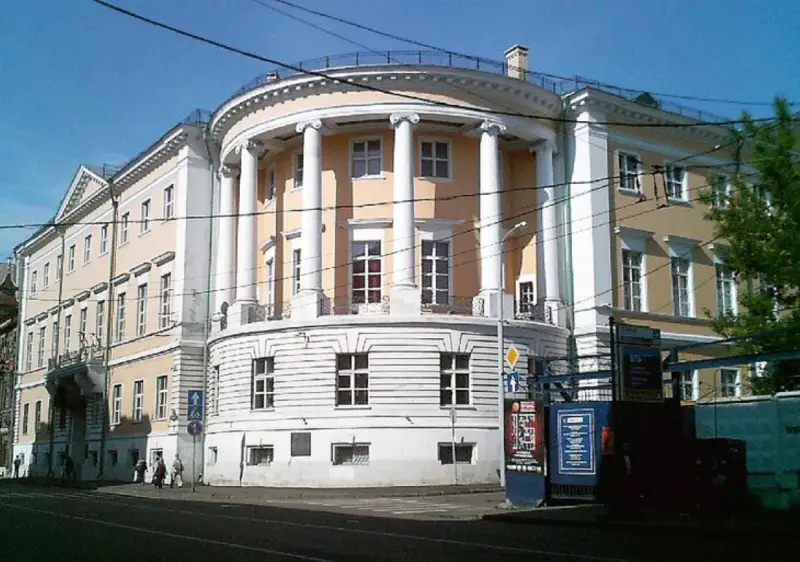
This is the former MUZHVZ, a school of sculpture and architecture, which graduated almost half of the great Russian artists and sculptors at the end of the XNUMXth and beginning of the XNUMXth centuries. And the courtyard of Turgenevka with the monument to Ivan Sergeevich, fortunately, is always under supervision, and is not used by either dog walkers or homeless people.
And there, and not only in summer, you can make your own historical openings and treat yourself to some good capital coffee, even if not from the famous Perlov tea house (pictured), which is very nearby.
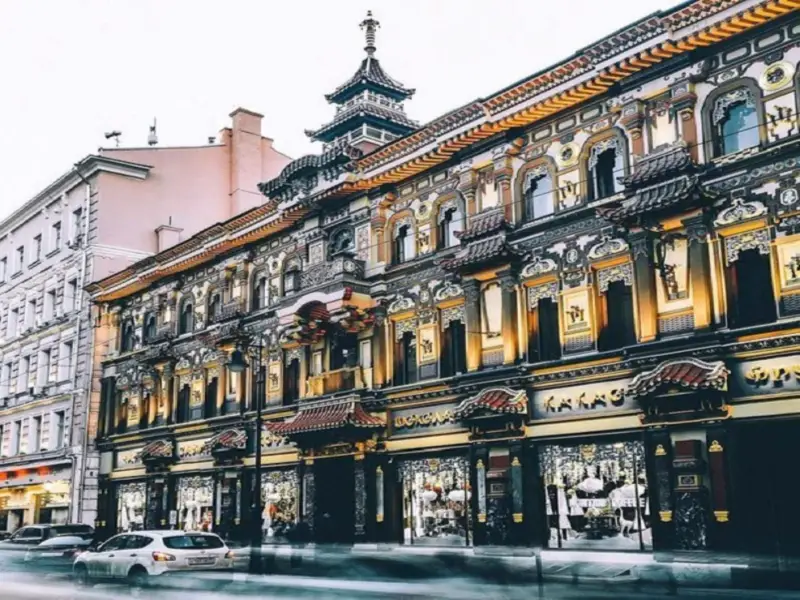
Bobrov Lane, like many in Moscow, has changed several names. He was Frolovsky for the temple, and Yushkov for the homeowner, and finally became Bobrov - in honor of a merchant from the 300th century. It, truly tiny, only 350-XNUMX meters long, was almost turned into a kind of backyard by a new quarter built at the beginning of the XNUMXth century, actually, along Sretensky Boulevard.
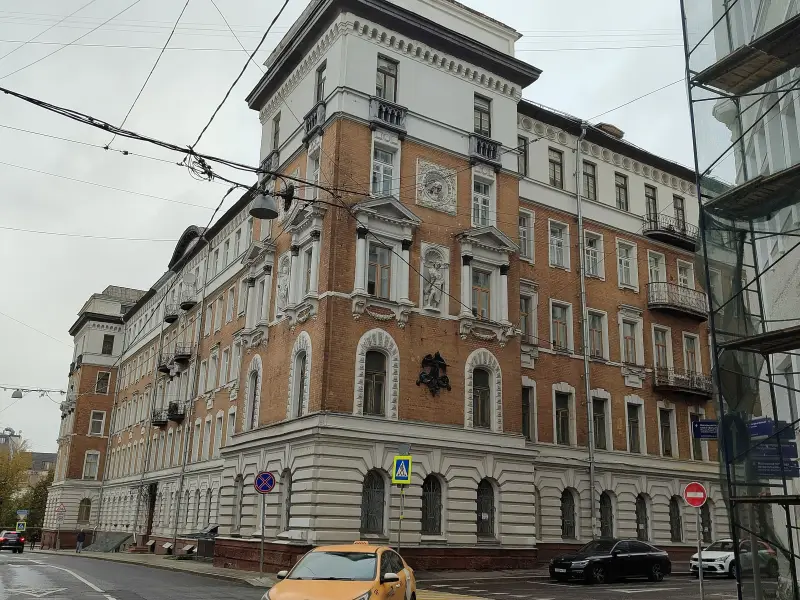
Officially it is called the house of the Rossiya insurance company, but in fact there is more than one house here, there are several courtyards, and between them there is a unique lattice work by the architect-artist Otgon Dessin. The famous Le Corbusier, who marked the building of the current Rosstat in Moscow, considered these houses the most beautiful in Moscow.
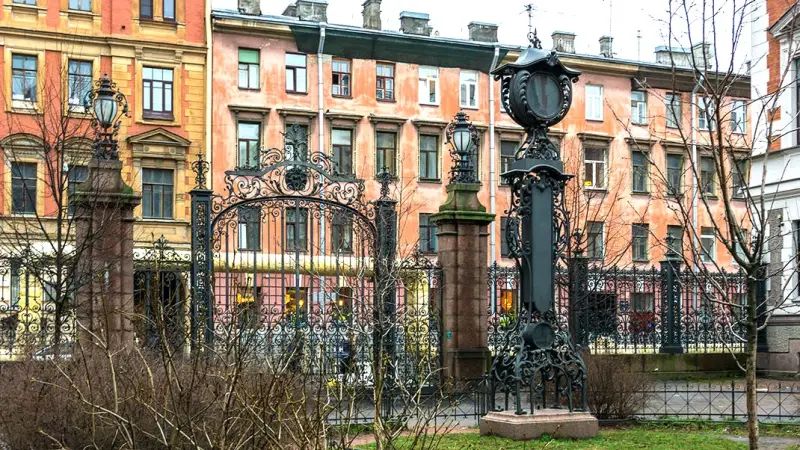
The quarter was built on the site of the old Moscow post office and the Skomorokh theater, which took the place of the pompous, but free for visitors, Tsar Grad panorama. The theater of “public and popular performances,” no longer free, was eagerly attended by both secular and ordinary audiences.
The sculptor S. T. Konenkov said that on his walls there were inscriptions for inexperienced theatergoers: “Do not move from place to place - you can see clearly from everywhere.” The premiere of Leo Tolstoy’s play “The Power of Darkness” was given at Skomorokh.
This, according to the stories of Alexander Kalyagin, told him where to move the Et Cetera theater from New Arbat - from a conference room in one of the multi-story “books”. Among the countless legends associated with the Russia House, I will recall only one - from the time when the Main Artillery Directorate of the Red Army settled in this building after the Civil War.
In 1940, the GAU of the Red Army was headed by the deputy. People's Commissar of Defense, Army Commander of the 1st Rank, and then Marshal G.I. Kulik, a friend of Budyonny and Voroshilov from the XNUMXst Cavalry Army. They usually met further down the boulevards - on Truba, where a good food court has now been built, for some reason called the “Central Market”.
And in the days of the first marshals, behind the turn of the tram, in the shadow of the mighty ash trees, there was an open beer hall, where the People's Commissar and his two deputies hung out. Almost no security. For a very long time, right behind the pub there was a public toilet, in which in the first days of March 1953 those who did not want to crowd in line to the House of Soviets - to Stalin’s coffin - hid.
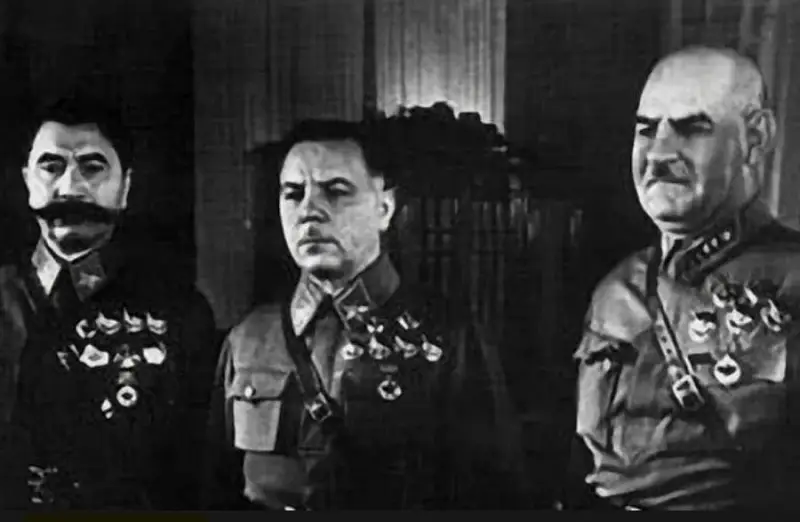
The oldest buildings on Bobrov Lane are several buildings at number 4. There once were tea warehouses, the editorial office of Russkie Vedomosti, sponsored by the railway magnate S. K. von Meck, and “numbers” from Uskov, they are not so It was restored a long time ago. They opened the once tightly locked courtyards and the Sistema art gallery, one of the few free ones in present-day Moscow.
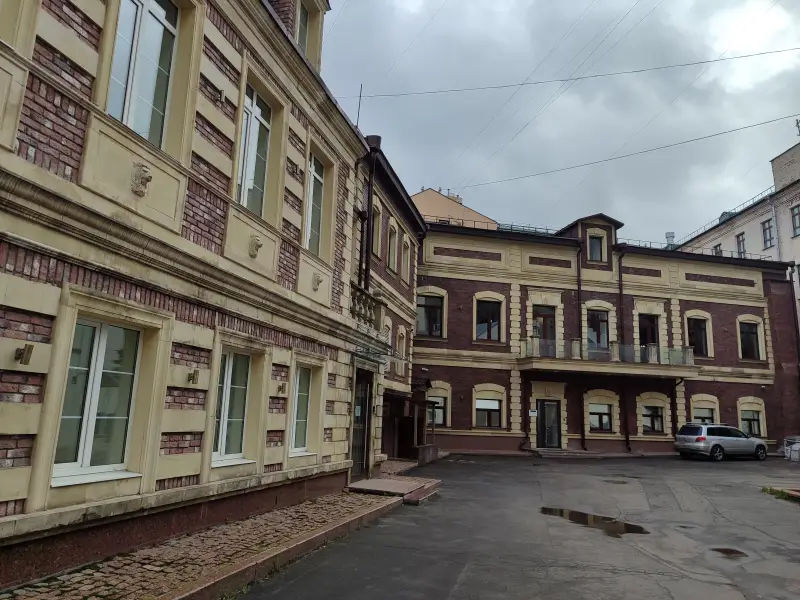
The only really large house on Bobrov at number 2, officially assigned to Milyutinsky Lane - number 20, is usually called the Lansere house, after the name of the famous family. Its other name is the Fetter and Ginkel apartment building, built shortly before the revolution according to the design of the architect Valentin Dubovsky and modified and added an eighth floor by a slightly less famous master - Alexander Kalmykov.
Already in 1917, the house could have been damaged, since from its unfinished roof the Red Guards fired cannons at the cadets who had captured the telephone exchange on Malaya Lubyanka. During completion, the house received extra floors, but lost a lot in decoration, becoming a shelter for commercial offices.
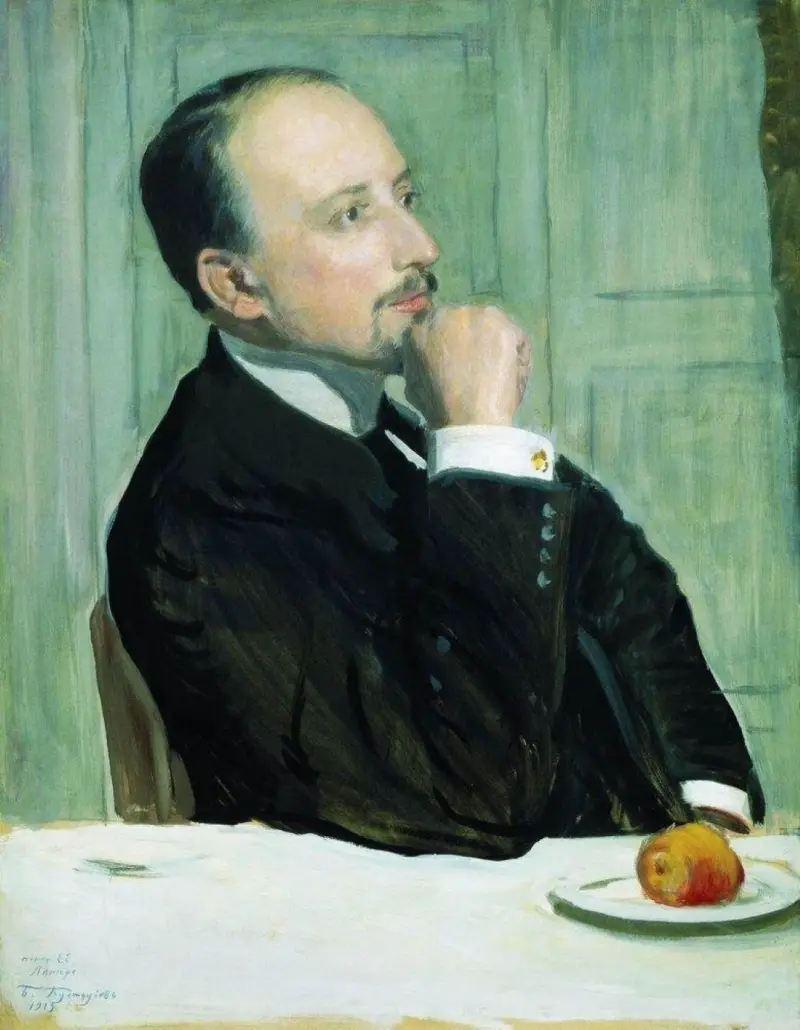
But new residents also appeared in the house, including the architect Karo Alabyan, famous throughout Moscow, and not only for the tunnel, as well as academician of painting Evgeny Lansere (portrait by B. M. Kustodiev). From him the apartment passed to his grandson and was recognized as a cultural heritage site.
Only a few years ago, cultural life finally really began to boil here - lectures are given on buildings in Bobrovoy and Milyutinsky lanes, commercial events on painting, theater and the history of Moscow are held, and regular excursions are held.
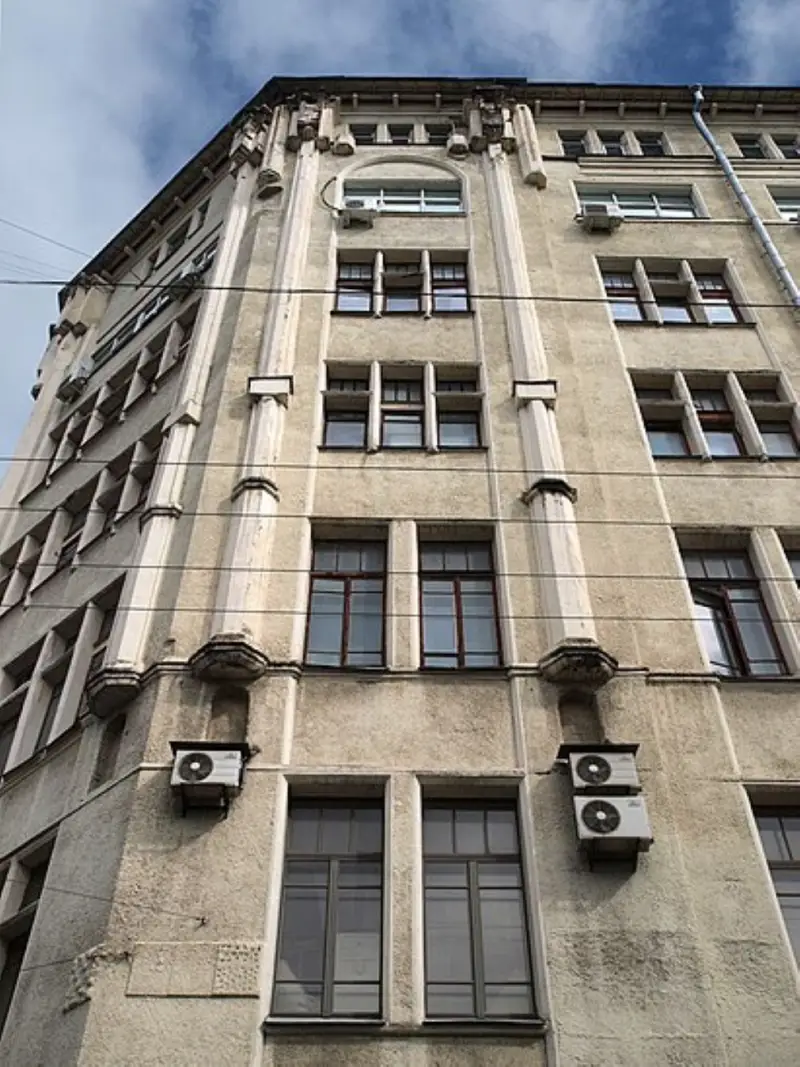
The Lansere House, also known as the Fetter and Ginkel apartment building, in the spring of 2016 became a permanent participant in the famous project “Moscow that does not exist.” Today it hosts art exhibitions; several art workshops have opened in the vacant attics.
It is best to complete a walk along Bobrov Lane at the Sretensky Monastery, walking either along Sretensky Lane, only 100 meters long, between Malaya Lubyanka and Sretenka, or past Nadezhda Konstantinovna.
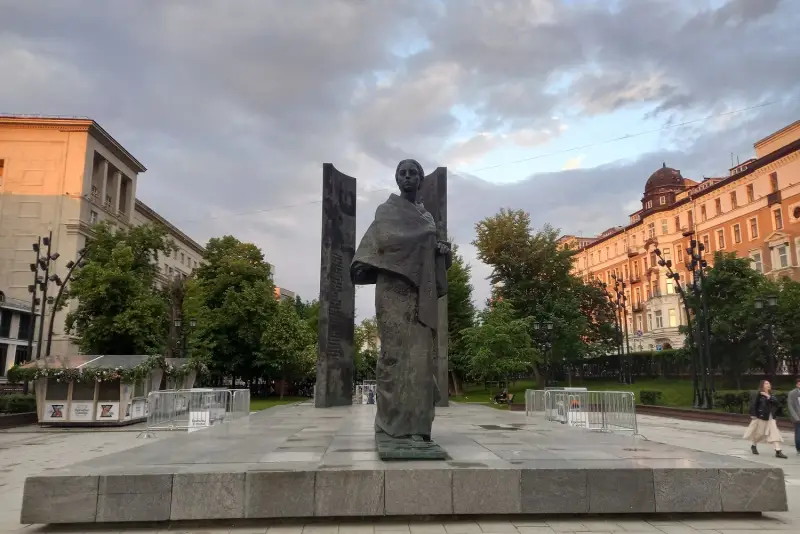
The monument to N.K. Krupskaya - the wife of the leader of the world revolution, extremely worthy and original, the work of sculptors Ekaterina and Alexander Belashov, has stood at the Sretensky Gate for many years.
This is just a few steps from the Sretensky Monastery with its new temple of traditional architecture, which was erected at the time when Father Tikhon Shevkunov, now Metropolitan of Sevastopol and Crimea, served as rector here.
Information